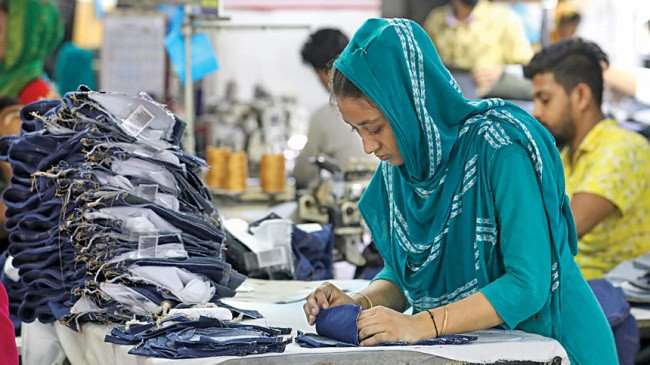Under the leadership of Prime Minister, NarenderModi, the Central Government has set a target to boost its textile production to $250 billion by 2030. The government also aims to increase textile exports to $100 billion by 2030, with $40 billion specifically from apparel exports. A significant industry for India, the textile and apparel industry currently contributes to over 4 per cent of its total GDP and 14 per cent of its total annual export earnings.
Impacted by the COVID-19 pandemic, India's textile and apparel industry has struggled to recover fully, raising concerns among industry stakeholders and the government. The government has implemented several measures to enhance the sector's global competitiveness, focusing on a holistic approach to make it more vibrant and innovative.
One of the largest manufacturing sectors in the country, the textile and apparel sector has a rich history of development in India. The country is the world’s second-largest textile exporter with a 7.4 per cent share in the global market. India is also world’s fifth-largest garment exporter with a 3.1 per centshare in the global market, as per WTO data released in 2023.
Apparel production in India is currently valued at $52 billion, with $14 to $17 billion from exports and around $35 to $38 billion from the domestic market. In the last five years, India’s garment exports remained stable between $14 billion and $17 billion. In the fiscal year 2023-24, garment exports from the country declined by 10.2 per cent to $14.53 billion, compared to $16.19 billion in FY 2022-23.
Textile exports also declined by 12.5 per centto $19.4 billion in 2022 with a global market share of 7.4 per cent, according to the WTO data. However, the Manufacturing of Textiles Index for FY 2023-24 increased by 0.4 per cent to 108.2 compared to the previous year (APEC).
To boost exports growth, the Indian government has introduced various schemes such as Remission of Duties and Taxes on Exported Products (RoDTEP), Rebate of State and Central Taxes and Levies (RoSCTL), the Production Linked Incentive (PLI) scheme, and the PM Mega Integrated Textile Region and Apparel (PM MITRA) park. Free trade agreements (FTAs) are also being explored to reduce non-tariff barriers in existing markets.
The PLI scheme aims to increase participation in the man-made fiber and technical textile sectors, while the PM-MITRA park is designed to enhance scalability. Additionally, initiatives like RoDTEP and RoSCTL ensure the stability of incentives for exporters.












